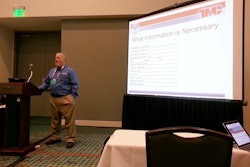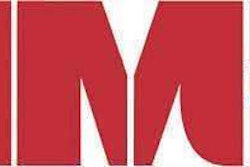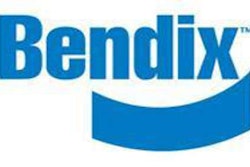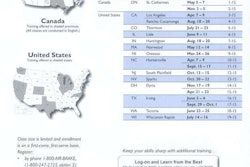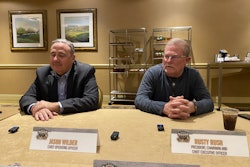Two trucks show up at your gate at 8 a.m. One truck belongs to an owner-operator, who says he needs a two-hour repair. The other is a driver for a large local fleet, and he fears his repair will last all day.
You have one bay open and one tech available.
Who goes first?
This is a puzzle that’s not easily solved, but hopefully, there will soon be a cheat sheet.
That’s the goal of the Technology & Maintenance Council’s (TMC) Shop Workload and Prioritization task force in study group S.16. During an active meeting Monday at the TMC Annual Meeting in Nashville, task force co-chairs Matt Panning from Tyson Foods and Scott Witt from Virginia Truck Center detailed their ambitious goals for a potential Recommended Practice.
“We’re trying to give the service writer or service manager building blocks for areas where he’s always struggling [with shop prioritization],” says Panning. “We’re trying to address that point where things always go haywire.”
Still in the early stages of their RP planning, the duo recognizes they have a tall task ahead.
Downtime is pain point for all vehicle owners, and Panning, Witt and all attendees in Monday’s meeting are in agreement that a best practice would be beneficial.
But solving the problem is harder than identifying it.
One reason is because of diagnostics, the group says. What if that two-hour repair becomes a 12-hour repair in the diagnostic lane? And what if the tech best skilled to complete it is already on another truck, or home sick?
A recommended practice will need factor in each aspect, the group says, allowing a shop foreman to identify the tech talent, bays and parts he has on hand when determining which truck hits the shop first.
“We have to come up with a systematic approach,” says Witt. “Maybe that will help us manage 75 percent of the business instead of that 75 percent of the business managing us.”

